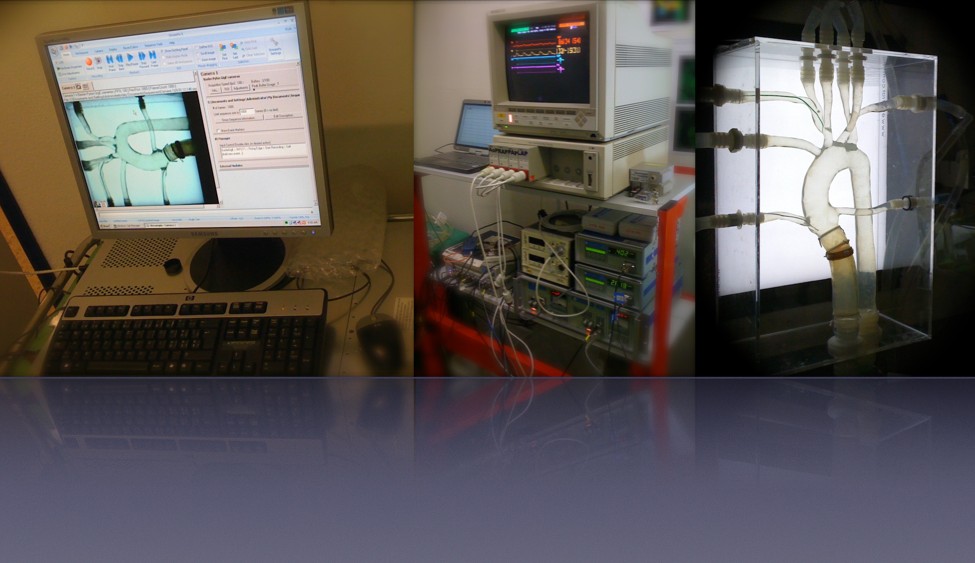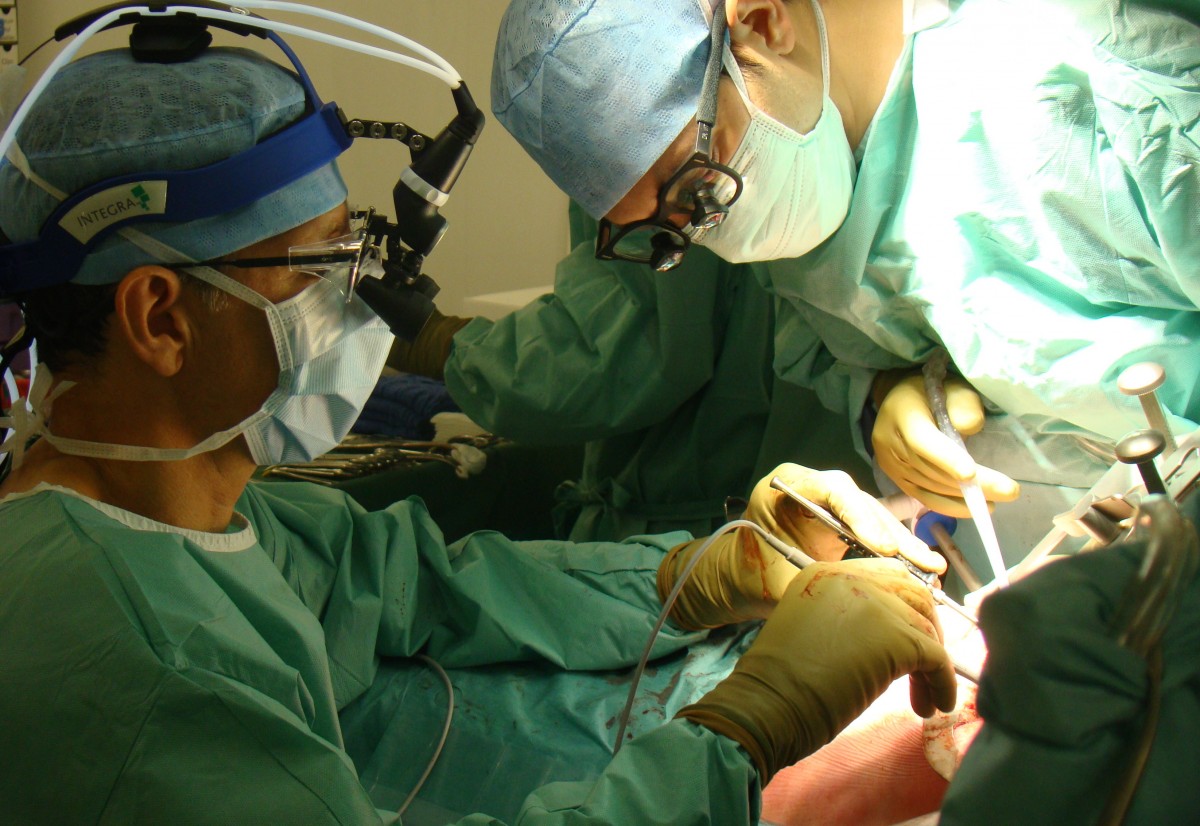





Emotions of the heart. Psychological aspects of heart surgery.
Introduction
It is a great pleasure for me to introduce to you a guest author on this blog, the psychologist and psychotherapist Martino Regazzi. Martino joined and reinforced the team of Cardiocentro Ticino about a year ago. He gives all of us (patients, nurses, cardiologists and cardiac surgeons) some precious help and structured insights on something right opposite of the spectrum of the highly specialized, cutting edge treatment we practice: the mind and soul. Although heart and soul are almost felt as a whole, we in the green and blue scrubs mostly take care of its somatic dimension. Of course, empathy and reassurance of both patient and family is an integral part of our attitude: however, it is not sufficient and sometimes we painfully feel it. The “other” dimension is not easy to handle as it is far more complex than we think! Therefore I am especially happy that Martino accepted my invitation to write the following post. A heartfelt thank you Martino!
(The artwork named “From the bottom of my heart” is exposed with permission of its creator David Munroe).

Let’s talk about research
Progress in medicine is based on continuous research.
The main drive in medical research is improvement of treatment and cure of diseases, which translates into improvement on life expectancy and / or on quality of life. The results of medical progress over the last 20 years are impressive. Mortality from various severe diseases has dropped dramatically (e.g. various forms of cancer, infectious and cardiovascular diseases), life expectancy and quality of life improved significantly.
What is “medical research” anyway?
For someone not involved in this sector it can indeed be difficult to see clearly and understand the multiple forms and dimensions of medical research.

Robotic cardiac surgery. A marketing fuss or a real benefit?
Robotic surgery has been hitting the headlines for years. Notwithstanding, it is not widely understood what robotic surgery is really about and what are the benefits and pitfalls of this technology.
Nowadays, when we talk about robotic surgery we mean surgery performed with the da Vinci telemanipulator (Intuitive Surgical, Sunnyvale, CA, USA). It is not the sole robotic system available, but it is indeed the most advanced authority cleared surgical robot. It is successfully commercialized worldwide and dominates almost 100% of the market.

ECMO
The term ECMO is an abbreviation for ExtraCorporeal Membrane Oxygenation.
The naming can create some confusion about the type and indications for use of this versatile system of acute life saving cardioplulmonary support.

First in man implantation of the CARMAT total artificial heart
From the official press release as distributed on December 20th, 2013:
CARMAT (FR0010907956, ALCAR), the designer and developer of the world’s most advanced total artificial heart project, providing an alternative for people suffering from end-stage heart failure, announces the first implantation of its artificial heart, as part of its feasibility study and in accordance with the approvals granted by the ANSM (Agence nationale de sécurité du médicament et des produits de santé, the French health authority) and the Comité de Protection des Personnes (ethics committee).
The procedure was performed on December 18, 2013 by the Georges Pompidou European Hospital team in Paris (France) – a world first.
The implantation went smoothly, with the prosthesis automatically providing blood flow at physiologic conditions. The patient is currently being monitored in the intensive care unit. He is awake and talks with his family.
“We are delighted with this first implant, although it is premature to draw conclusions given that a single implant has been performed and that we are in the early postoperative phase”, says Marcello Conviti, Chief Executive Officer of CARMAT.

Cardiac surgery course for medical students
September has been a month characterized by academic teaching. I’ve had the pleasure to host two 5-student groups for two consecutive weekends in Lugano. This new heart surgery course (www.cardiocentro.org/kurs-herzchirurgie) that was specifically set up for medical students during clinical semesters.

The evolution of coronary artery bypass grafting: coronary surgery through small incisions (MICS-CABG).
The way to carry out an aortocoronary bypass has remained relatively unchanged during the last decades. The introduction of the beating heart surgery technique 10-15 years ago originated several technical and technological innovations, which made the procedure easier and safer. These developments created the potential for further approaches.
The latest evolution is performing the operation through a small incision under the left breast (mini-thoracotomy), also called MICS-CABG (minimally invasive cardiac surgery – coronary artery bypass grafting).
A (relative) defeat
Let’s start with the most important thing: the patient is alive and well, hence the word “relative” mentioned in the title. This is “just” about a “technical” defeat. A brief description of the case: patient with severe coronary artery disease and a severe mitral valve regurgitation with indication to surgery (aortocoronary bypass with 4-5 grafts on all three main coronary artery branches and mitral valve repair).

HeartMatters.ch has arrived!!!
In the vast internet world it is rather difficult to find any information duly weighed up, especially in the medical field. People who are involved know and feel it. The idea of this blog was born to fill this gap and from the desire to have heart matters introduced in an understandable, correct and considered way! A special attention is directed towards the students of medicine, who try to sense, understand and read between the lines, what moves and touches a specialist’s heart and soul.
